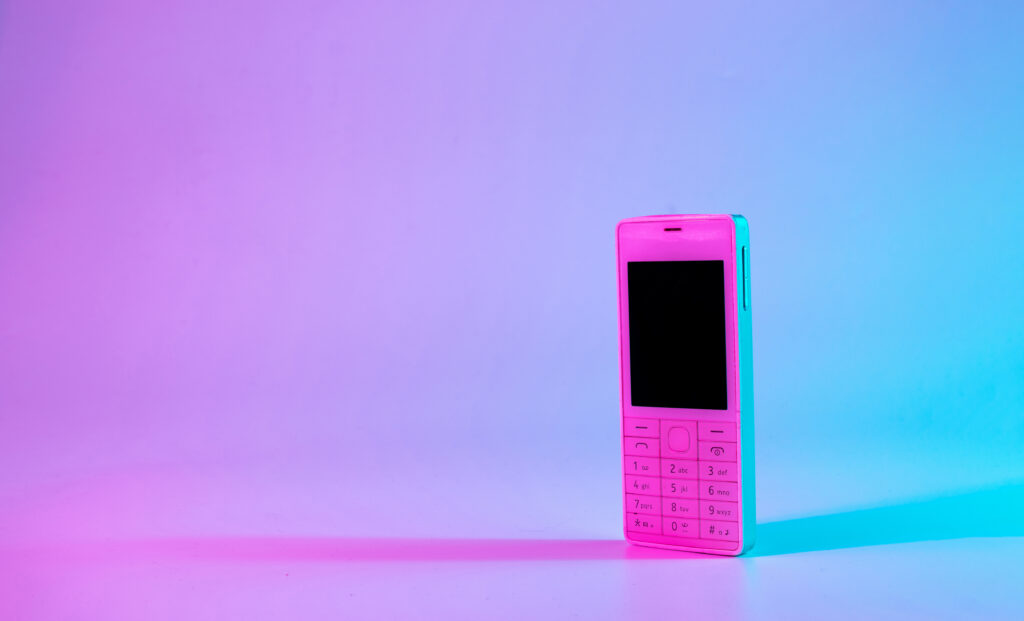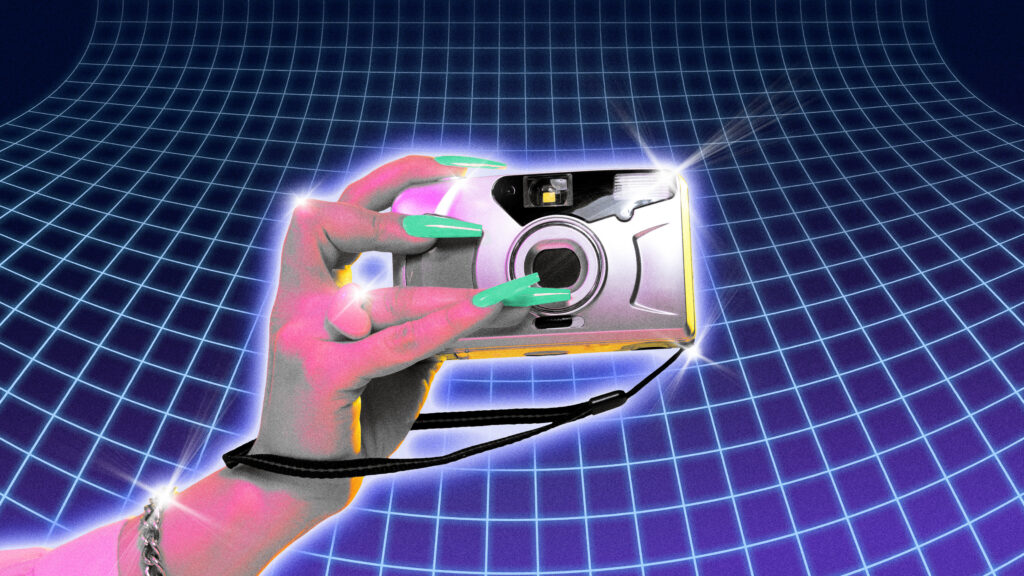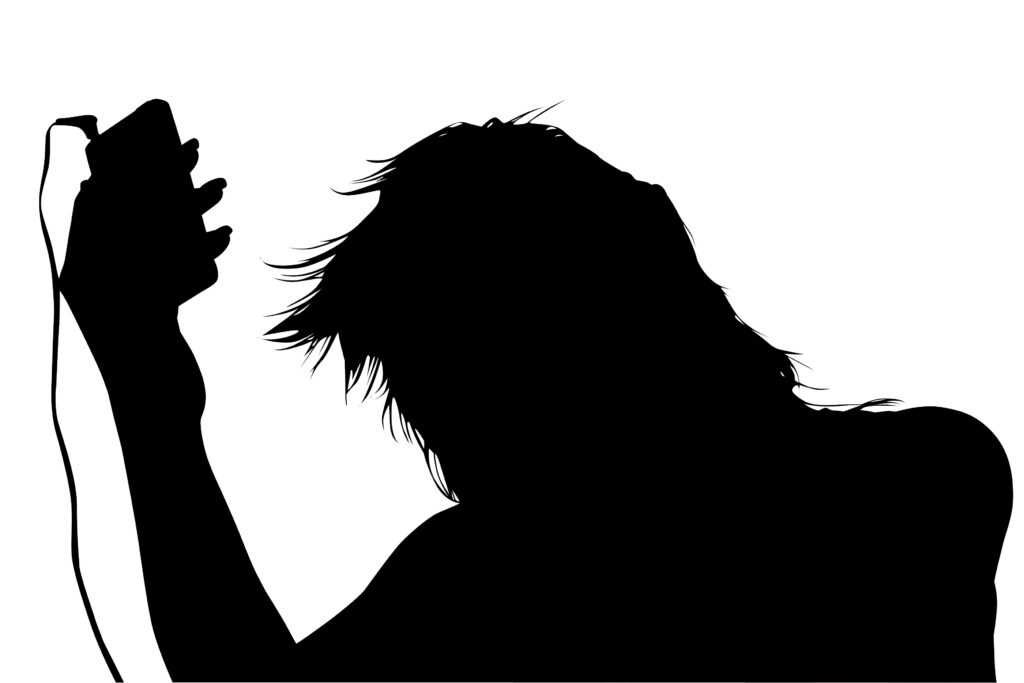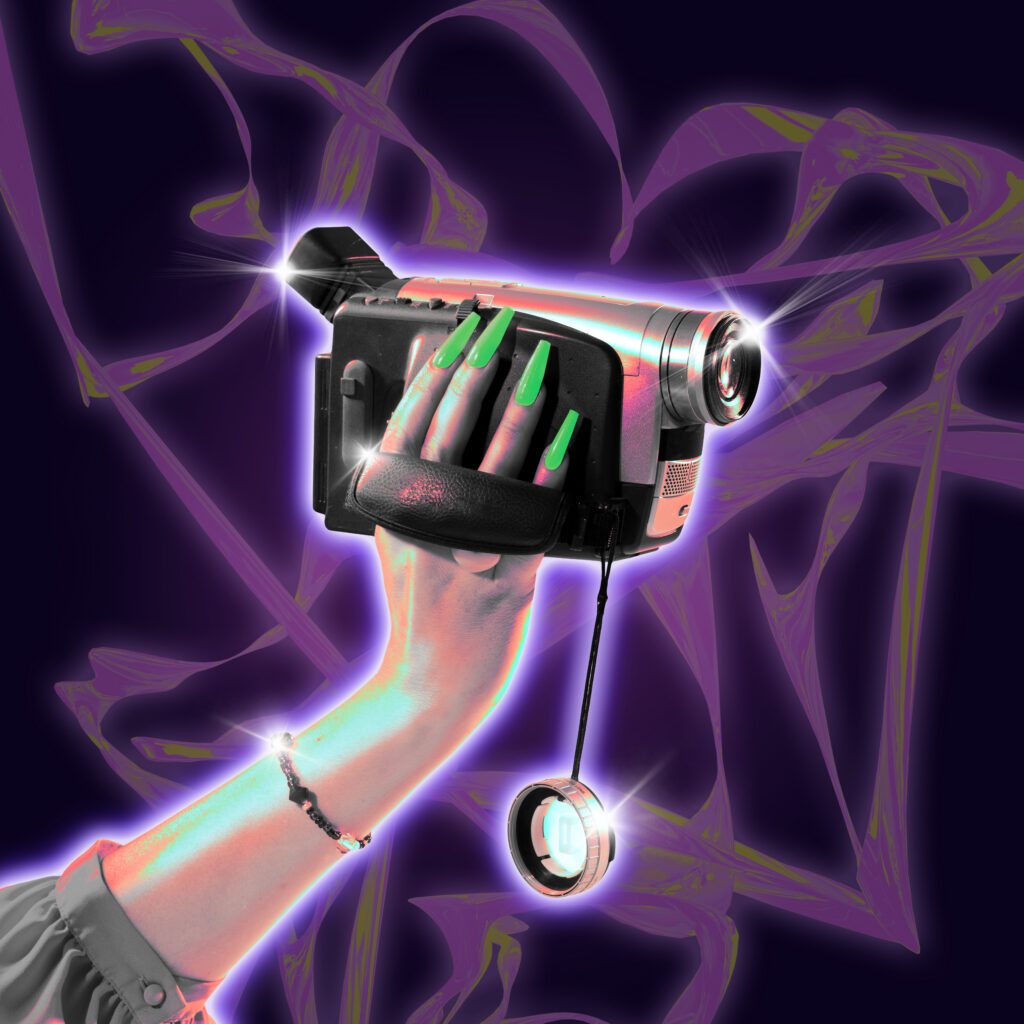Walk into any trendy neighborhood and you’ll spot them: young people taking photos with chunky digital cameras from 2005. Texting on flip phones. Listening to music on iPods with visible click wheels. Using old Nokia phones as their primary device.
Gen Z – the generation that grew up with smartphones – is deliberately choosing outdated technology. And it’s not just a quirky aesthetic choice. It’s a calculated rebellion against the devices that raised them.
The Great Tech Regression
The numbers tell the story. Sales of digital cameras have surged, with vintage models from the early 2000s selling on eBay and Depop for premium prices. Point-and-shoot cameras that originally cost $100 are now fetching $300-400 in good condition.
Flip phones are making a comeback, with both vintage models and new “dumb phones” finding eager buyers. Companies like Light Phone and Punkt are manufacturing minimalist phones specifically for people who want to disconnect from smartphone culture.
iPods – discontinued by Apple in 2022 – have become hot collector’s items. Vintage iPod Classics in working condition sell for hundreds of dollars. There’s even a thriving community of iPod modders who upgrade the hardware with modern storage and better batteries while maintaining the original aesthetic.
Why Downgrade? The Smartphone Backlash
To understand why Gen Z is embracing old tech, you have to understand their complicated relationship with smartphones.
Gen Z is the first generation that can’t remember life before social media. They grew up with Instagram, Snapchat, and TikTok. Their adolescence happened on screens. They documented their entire lives digitally before they were old enough to understand the implications.
Now, many are experiencing the consequences: anxiety, depression, comparison culture, constant distraction, inability to focus, FOMO, and the feeling that their phones control them rather than the other way around.
The vintage tech movement is a response to that. It’s about reclaiming intentionality and control.

Digital Cameras: Photography as Separate Activity
The resurgence of digital cameras is particularly telling.
Smartphone cameras are objectively better than 2000s-era digital cameras in almost every measurable way – resolution, low-light performance, computational photography. But that’s precisely not the point.
Using a separate camera for photos means photography becomes an intentional activity rather than constant documentation. You can’t instantly share to Instagram. You have to transfer photos to a computer first. There’s friction, and that friction is the feature, not the bug.
The aesthetic matters too. Digital camera photos from the 2000s have a distinctive look – slightly grainy, imperfect color balance, visible pixels. They look like memories rather than professional photography. In an era of over-filtered, AI-enhanced smartphone photos, that imperfection feels authentic.
Young photographers are also discovering the joy of cameras with physical buttons and dials. There’s tactile satisfaction in adjusting settings manually, in hearing the shutter click, in the camera feeling like a tool rather than a computer.

Flip Phones: Intentional Disconnection
The flip phone revival is even more radical.
People buying flip phones aren’t doing it for nostalgia – most Gen Z users are too young to remember when flip phones were standard. They’re choosing deliberately limited devices as a form of digital minimalism.
A flip phone can make calls and send texts. That’s it. No social media. No infinite scroll. No push notifications every thirty seconds. No apps designed to exploit your attention and hijack your dopamine system.
For people struggling with phone addiction, a flip phone is a hard reset. You can still stay connected for practical purposes, but you can’t fall into the black hole of TikTok for three hours without realizing it.
Some people use flip phones as weekend devices – keeping their smartphone for work during the week but switching to a flip phone on Friday night to actually be present. Others have made the switch permanent and report feeling significantly less anxious and more focused.
iPods: Music as Dedicated Experience
The iPod renaissance speaks to a desire for music to be separate from the chaos of smartphones.
When music lives on your phone alongside everything else, listening becomes background activity. You’re always one swipe away from checking Instagram or responding to texts. The music never gets your full attention.
An iPod creates dedicated music time. You choose what to sync to it, which means you’re more intentional about what you listen to. You’re not relying on algorithmic playlists or chasing the newest releases. You’re curating a personal library.
There’s also nostalgia for ownership rather than streaming. iPod users often pair their devices with ripped CDs or purchased downloads – actually owning the music files rather than renting access through Spotify. For a generation that owns almost nothing (everything is subscription-based), this feels significant.
The physical experience matters too. The click wheel. The small screen. The ritual of scrolling through albums. It’s a more embodied, tactile relationship with music than tapping a smartphone screen.

The Aesthetic of Limitation
There’s a broader philosophical shift happening here.
Modern technology optimizes for unlimited possibility. Your smartphone can do everything: communicate, entertain, navigate, shop, work, create, consume. It’s infinitely capable and infinitely demanding of your attention.
Vintage tech optimizes for limitation. A digital camera takes photos. A flip phone makes calls. An iPod plays music. Each device does one thing, and that constraint is liberating rather than limiting.
This connects to broader trends around minimalism, intentional living, and rejecting hustle culture. In a world that insists more is always better, choosing devices that do less is a countercultural statement.
It’s also about opting out of surveillance capitalism. Old tech doesn’t track your every move, collect your data, serve you targeted ads, or feed your behavior into algorithmic systems designed to manipulate you.
Not True Luddism
It’s worth noting that most people embracing vintage tech aren’t completely abandoning modern technology.
Many use digital cameras but still have smartphones. Some have both a smartphone and a flip phone, using each for different contexts. iPod users still might use streaming services on their computers.
It’s selective rather than absolute. The goal isn’t to reject all modern technology – it’s to have a healthier relationship with it by introducing friction and intentionality.
This is different from older generations advocating for “going back to simpler times.” Gen Z isn’t romanticizing the past – many weren’t even alive when these devices were new. They’re making strategic choices about which technologies serve them and which ones don’t.
What Tech Companies Are Missing
The vintage tech movement reveals something important that Silicon Valley doesn’t want to acknowledge: not everyone wants their device to do everything.
Tech companies assume more features, more connectivity, more integration is always better. But the growing market for “dumb phones” and vintage devices suggests many people actually want less.
They want devices that respect their attention rather than constantly demanding it. They want tools that serve specific purposes rather than trying to colonize every aspect of life. They want technology that enhances their humanity rather than replacing it.
Some companies are starting to respond. Light Phone markets itself explicitly to people seeking digital minimalism. App developers are creating “distraction-free” versions of social media. But mostly, the industry is still stuck in the more-is-more paradigm.

Why We’re Obsessed
The vintage tech trend represents something larger than quirky shopping habits.
It’s a generation that grew up with technology deciding they want a different relationship with it. Not rejecting technology entirely, but being intentional about how and when they engage with it.
It’s about reclaiming time, attention, and presence. About choosing depth over breadth, focus over multitasking, intentionality over compulsion.
It’s also about recognizing that newer isn’t always better. That optimization and efficiency aren’t the only values that matter. That sometimes friction, limitation, and imperfection make experiences richer rather than poorer.
For those of us watching our own relationship with technology become increasingly unhealthy, the vintage tech movement offers a roadmap. You don’t have to accept defaults. You don’t have to use technology the way it wants to be used.
You can choose differently. You can opt out of constant connectivity. You can use devices that serve your purposes rather than serving algorithms.
The future of technology might actually involve going backward to move forward. And that’s not nostalgic regression – that’s wisdom.

